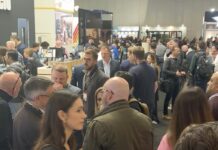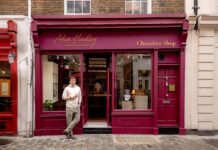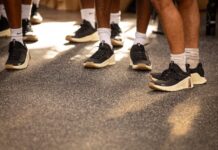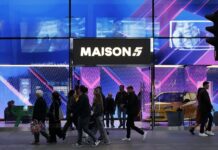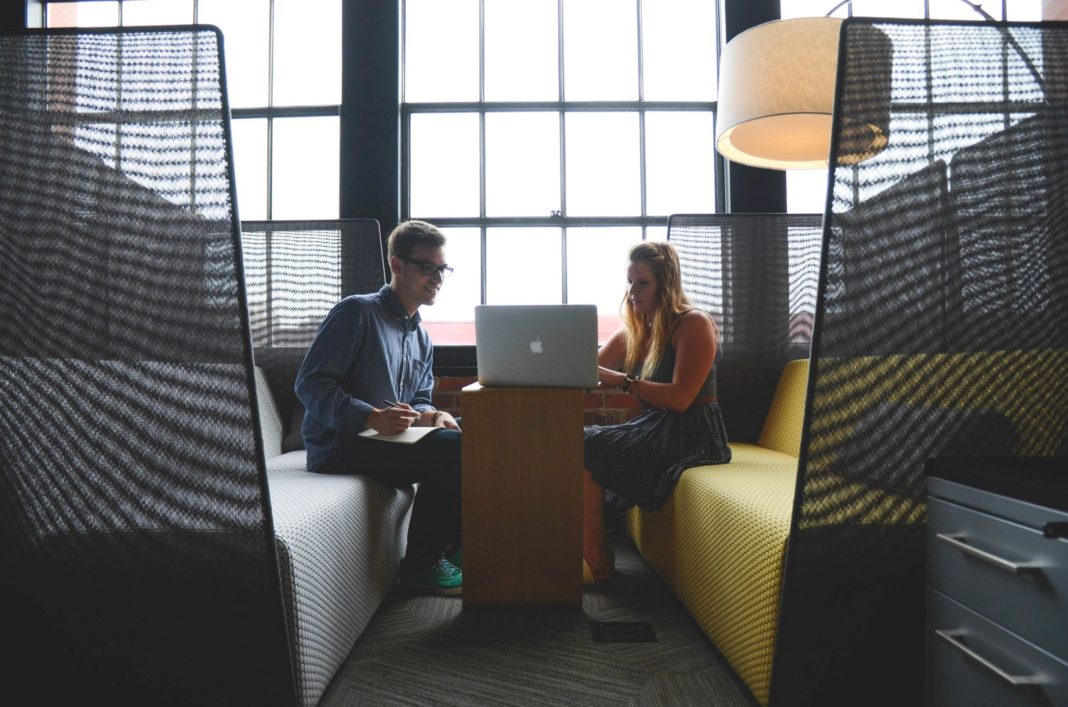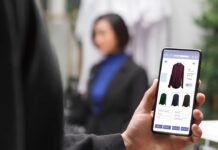When we think of online solutions we think of how they circumnavigate, even undermine the physical high street shopping experience, but there are now digital technologies that promise to increase footfall to the shop by alerting customers of offers when they wander near the shop doors. Welcome to the age of beacons and other digital strategies, says James Carson, CEO of Support Tree.
When it comes to attracting footfall in the moment, a shop’s marketing is limited to a few constraining factors – or so you might believe. For example, there is the window display, posters, maybe billboards/chalkboards or signage, emphasising offers. Whilst some of these may grab your attention, some shoppers have become ‘snow blind’ to this wallpaper of the street.
Today, the majority of us carry a smart device such as a mobile telephone on our person – a device with GPS, capable of tracking user movement and mapping the environment around the phone. Innovators have realised just what a gift this is for retailers, who could really do with knowing when a potential ‘good customer’ is in the vicinity of the shop doors.
A beacon of offers
There are various kinds of beacon but Apple’s iBeacon is the most well-known. It offers a first step toward a shop related Internet of Things (IoT) – where the shops ‘talk’ to the customers via their devices, as they walk by. For someone who likes a bargain and wants to not miss out on offers relevant to them, the beacons create a situation akin to a customer having an ever vigilant personal shopping assistant.
Firstly, beacon tech relies on having a network consisting of a number of retailers and customers that sign up to it. This is a technology known as BLE (Bluetooth Low Energy) and is often confused with NFC (Near Field Communications – which only has a range of around 20 cm). BLE focuses on making a localised connection when communicating to users. Each shop on the scheme, will have a device at their outlet – the beacon itself detects when a customer in the network is walking nearby (say in a vicinity of 100 metres) – whereby it will send out messages to alert them via their smartphone. These could be advertisements or highly personalised offers – for example, for a jeweller it could say ‘come in, get 20 per cent off selected earrings,’ or ‘free glass of bubbly today for iBeacon customers when you come in store’. It’s there to drive in-store visits via mobiles in real-time.
Navigating consumer paths to purchase
The fact is, that the path to purchase is a complex one these days. Armed with information tools to compare prices, check out best offers and online vs bricks-and-mortar shop deals, it’s common for shoppers to go to a shop, look at something and then buy it online from the retailer with the best offer. Shop loyalty suffers where the shop is not seemingly offering the most competitive deal – so addressing this problem in a policy is a good idea.
Conversely, many people look online but don’t buy online – the phenomenon of ‘basket abandonment’ for ecommerce platforms has proven a confounding issue for some online retailers where shoppers don’t want to fill out the last forms on the site or never intended to actually buy but were just investigating a product.
Awareness of buying behaviour
For retailers wanting people to buy in the shop, it pays to be prepared for this kind of interaction so that it is easier for users to close deals on the day of the shop visit. This could be something as simple as matching any competitor’s deal. The message would need to be effectively communicated on the website and in the store.
It’s more and more the case that your online strategy needs to accommodate how people browse and shop and where the missed opportunities for deals are most impacting. If your customers alert you of other deals they have seen, their information will bring with it valuable market intelligence which can be collated and acted on.
‘Click and collect’ is another digital service out there that’s gathered traction – where you buy the item online, then visit the ‘bricks and mortar’ store to pick it up. Online delivery and click and collect is predicted to double in size by 2025 according to research.
These solutions all need a degree of IT coordination and intelligence but they can give you the edge. Whilst for example, BLE technology is still gathering momentum in the UK, in the US – which is ahead of us in this respect – it was revealed in an article in 9to5 Mac that since sending out iBeacon notifications, interaction with advertised products increased nineteen times. So it can reap very real, measurable growth in marketing impact and in sales.
The best solution these days for retailers is not to go all-out online or all-out in store, but to make sure your online strategy is complementing your high street outlet or outlets. People like to go shopping; in fact, there is a trend for online retailers to now create physical outlets, even online giants like Amazon. Today, the best shopping businesses use every channel and opportunity.
To buy a product from the physical counter, apart from the ‘feel good’ factor, consumers need to make an informed decision, so they know they are making the best deal possible. Your IT solutions can provide powerful platforms and strategies to support customers in that informed decision making process.



